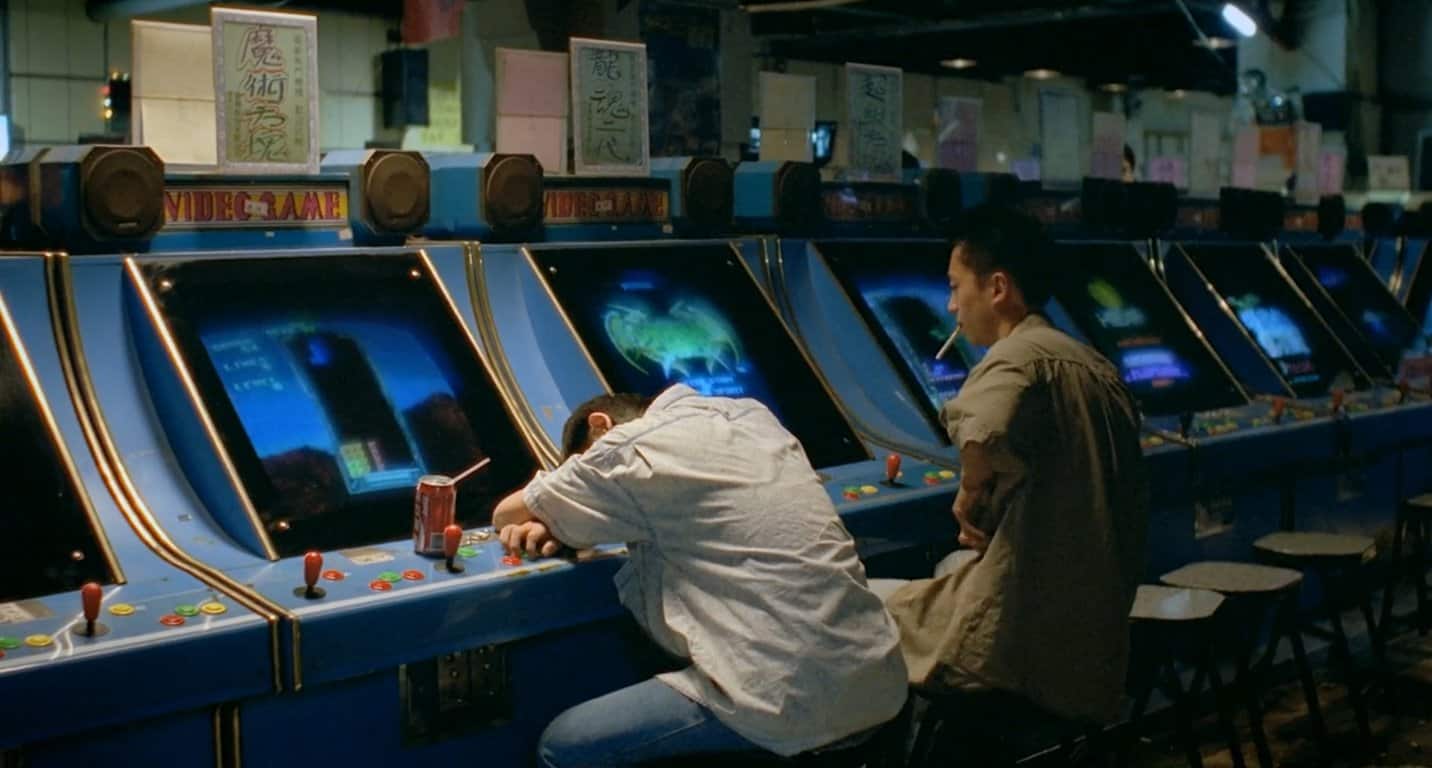taiwan new wave
est. 1983 – late 1990s
Nestled between the vast Pacific Ocean and towering mountain ranges, Taiwan New Wave emerged as a transformative force in cinema. Flourished during the 1980s and 1990s, it gained international acclaim for its exploration of complex cultural, political and societal themes. Led by a group of visionary directors, Taiwan New Wave offered a fresh perspective on Taiwanese identity, and initiated a transformation in the nation’s cinematic landscape.
Origins of the Taiwan New Wave
The origins of the Taiwan New Wave can be traced to several interconnected factors that shaped its emergence and evolution throughout the 1980s and into the early 1990s. At its core, the movement was a response to Taiwan’s shifting socio-political landscape, marked by the lifting of martial law in 1987 after nearly four decades of authoritarian rule under the Kuomintang (KMT) regime.
Martial law, which was imposed in 1949 following the retreat of the KMT to Taiwan after losing the Chinese Civil War, severely restricted freedom of expression and cultural production. It stifled dissent and limited the types of stories that could be told through cinema, leading to a dominance of government-sanctioned propaganda and safe commercial films.
With the lifting of martial law, Taiwanese society experienced a newfound sense of openness and liberalization. This political change paved the way for a burgeoning of artistic expression across various mediums, including literature, music, and importantly, cinema. Filmmakers, inspired by the wave of democratization and cultural revival sweeping Taiwan, seized the opportunity to explore themes that had long been suppressed or overlooked.
Taiwan’s economic miracle during the 1980s also played a crucial role in the development of Taiwan New Cinema. The prosperity and availability of resources facilitated the production of films, enabling directors to experiment with their narratives and aesthetics. This period of economic growth paralleled the artistic growth of the movement, providing filmmakers with the means to realize their creative visions.

Characteristics of the Taiwan Wave
One of the driving forces behind Taiwan New Cinema was the quest for a distinct Taiwanese cultural identity. Taiwan’s history had been shaped by complex interplay of influences, including indigenous cultures, waves of migration from the mainland China, Japanese colonial rule and KMT governance. The movement sought to explore and assert a unique Taiwanese identity, separate from the political ideologies of mainland China.
It served as a vehicle for social and political commentary. The films engaged with issues such as authoritarianism, historical trauma and urbanization, providing a critical examination of Taiwanese society.
The visual aesthetics were often marked by a sense of visual poetry. Directors used symbolism, extended takes, and a careful composition of shots. Being influenced by Italian Neorealist cinema, they embraced realism, offering a contemplative and patient approach to storytelling with meticulous attention to details, allowing audiences to immerse themselves in the lives and emotions of the characters. Well-developed and multi-dimensional characters were prioritized, portraying the complexities and internal struggles of individuals in the context of a changing society.


Important filmmakers and films
Hou Hsiao-Hsien is often considered the central figure of Taiwan New Wave. His films such as “A City of Sadness” (1989) and “The Puppetmaster” (1993), are celebrated for their slow, contemplative pacing, realistic portrayal of everyday life, and their exploration of Taiwanese history and identity. Hou’s work is known for its poetic and nuanced storytelling.
Another luminary, Edward Yang, in films like “Taipei Story” (1985) and “Yi Yi” (2000), explored contemporary Taiwanese society with a keen and introspective eye. In addition of portraying the changes of Taiwanese middle class, he examined the struggle between the modern and the traditional, as well as the relationship between business and art. His films delved into the lives of ordinary people, offering deep character studies and multifaceted narratives.
In the realm of contemplative cinema, Tsai Ming-liang‘s contributions are nothing short of remarkable. Works such as “Rebels of the Neon God” (1992), and “Vive L’Amour” (1994), are celebrated for their minimalist style, long takes and exploration of urban alienation. Tsai’s films challenge conventional storytelling norms, inviting viewers to discover beauty in the ordinary and mundane.

Legacy and Influence of the Taiwan New Wave
The Taiwan New Wave played a pivotal role in shaping Taiwan’s cultural identity and fostering a new generation of filmmakers dedicated to exploring the complexities of their society. Emerging during a period of cultural and political transformation, the movement provided a vital cinematic voice to a nation in transition.
The movement’s success at prestigious film festivals, including Cannes and Venice, solidified Taiwan’s position on the global cinematic stage. Films from the Taiwan New Wave captivated international audiences with their unique storytelling styles, aesthetic innovations, and poignant reflections on the human condition. Their achievements not only brought critical acclaim but also contributed to a broader recognition of Taiwan’s rich cultural heritage and contemporary relevance.
As a testament to the transformative power of film as a medium of expression and reflection, the Taiwan New Wave continues to inspire filmmakers worldwide. Its legacy lies in its ability to capture the essence of Taiwan’s societal evolution while offering universal insights into human experiences and emotions.

Refer to the Listed Films for the recommended works associated with the movement. Also, check out the rest of the Film Movements on our website.
